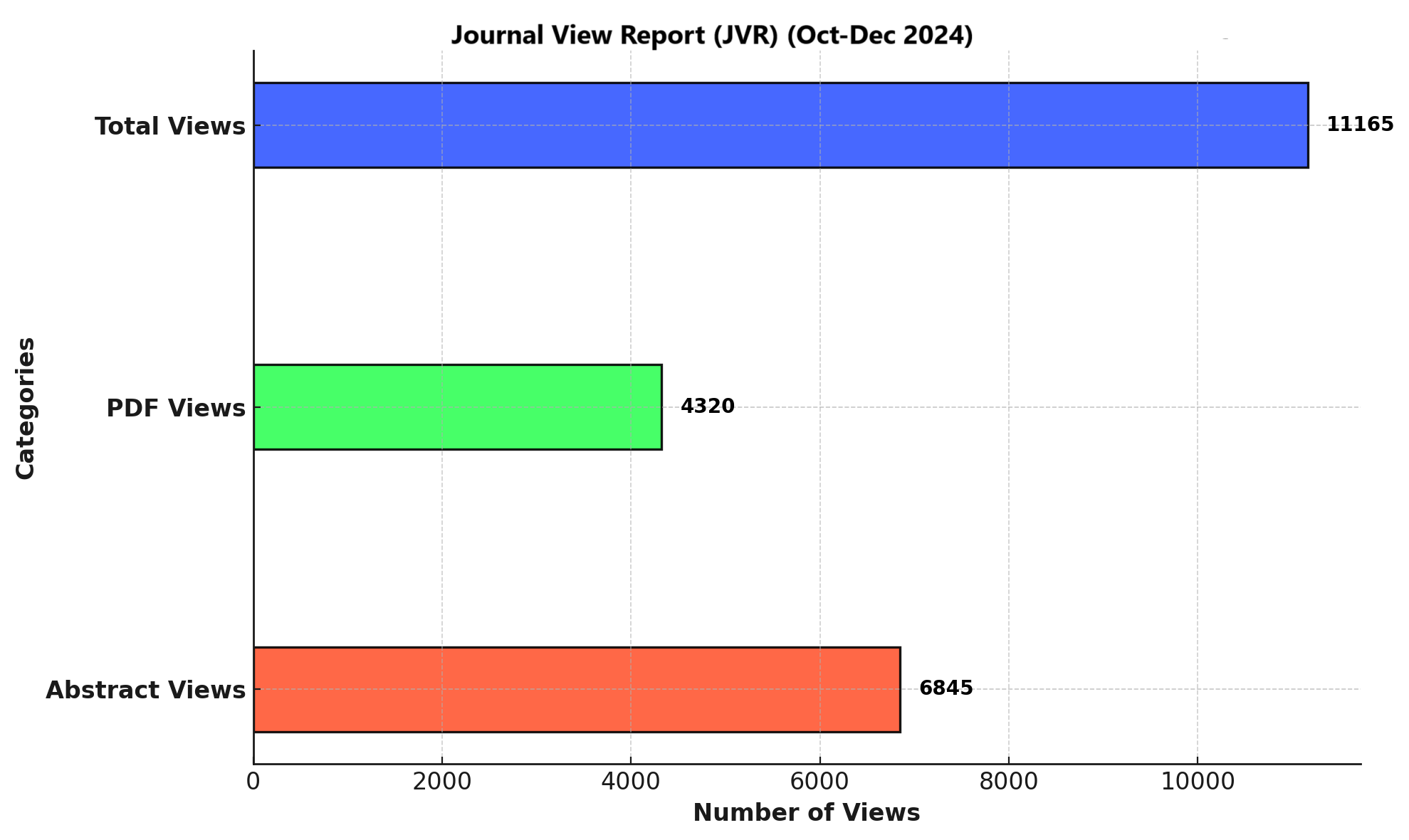FREQUENCY OF RAISED CARDIAC TROPONIN-I DURING ACUTE EXACERBATION OF CHRONIC OBSTRUCTIVE PULMONARY DISEASE AND ITS CO-RELATION WITH CLINICAL OUTCOMES
DOI:
https://doi.org/10.71000/0n095c74Keywords:
Acute Disease, Cardiac Troponin-I, Chronic Obstructive Pulmonary Disease, Hospital Mortality, Oxygen Saturation, Prognosis, Ventilator SupportAbstract
Background: Cardiovascular disease is a major comorbidity in chronic obstructive pulmonary disease (COPD), contributing to increased morbidity and mortality. Acute exacerbations of COPD (AECOPD) impose additional cardiovascular stress, potentially leading to myocardial injury. Elevated cardiac troponin-I (cTnI) has been associated with poor clinical outcomes, but its prognostic significance in AECOPD remains underexplored, particularly in the Pakistani population. Identifying patients at higher risk of mortality and invasive ventilation can aid in optimizing clinical management and reducing complications.
Objective: To evaluate the prognostic significance of cardiac troponin-I (cTnI) levels in patients with acute exacerbation of COPD.
Methods: A descriptive case series was conducted at the Department of Medicine and TB & Chest Diseases, Mayo Hospital, Lahore. A total of 135 patients diagnosed with AECOPD were enrolled using a non-probability consecutive sampling technique. Detailed history and clinical examination were performed. Blood samples for cTnI were collected at admission and after 24 hours, analyzed via the immunofluorescence method, and considered positive at levels ≥0.017 μg/L. Clinical parameters, including arterial blood gases, electrocardiography, echocardiography, spirometry, and complete blood profiles, were assessed. Independent t-tests were applied to analyze differences in hospital stay duration and oxygen saturation, while the chi-square test evaluated associations between troponin levels, mortality, and need for invasive ventilation.
Results: Among 135 patients, 40.7% (n=55) had elevated cTnI. Invasive ventilation was required in 36.4% of troponin-positive patients compared to 20.0% in troponin-negative patients (p=0.035). Mortality was significantly higher in troponin-positive patients (29.1%) compared to troponin-negative patients (10.0%) (p=0.004). Oxygen saturation (SpO2) was significantly lower in troponin-positive patients (73.7 ± 11.1%) than in troponin-negative patients (81.0 ± 8.1%) (p<0.001).
Conclusion: Elevated cTnI levels are significantly associated with higher mortality and increased need for invasive ventilation in AECOPD patients. This biomarker can serve as an early predictor of adverse outcomes, aiding in clinical decision-making and risk stratification.
Downloads
Published
Issue
Section
License
Copyright (c) 2025 Taha Nazir Warraich, Tahreem Raza, Talha Laique (Author)

This work is licensed under a Creative Commons Attribution-NonCommercial-NoDerivatives 4.0 International License.







